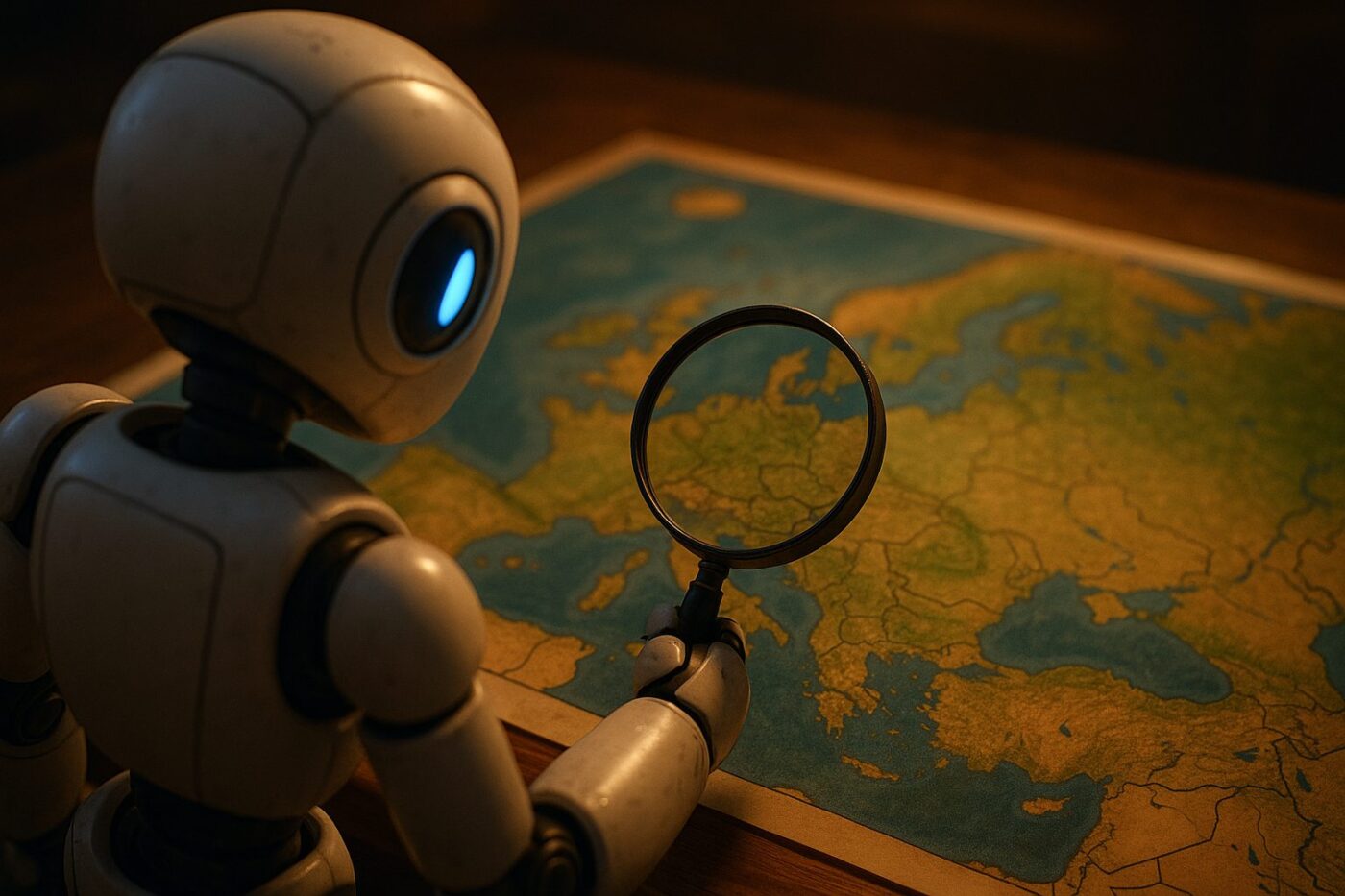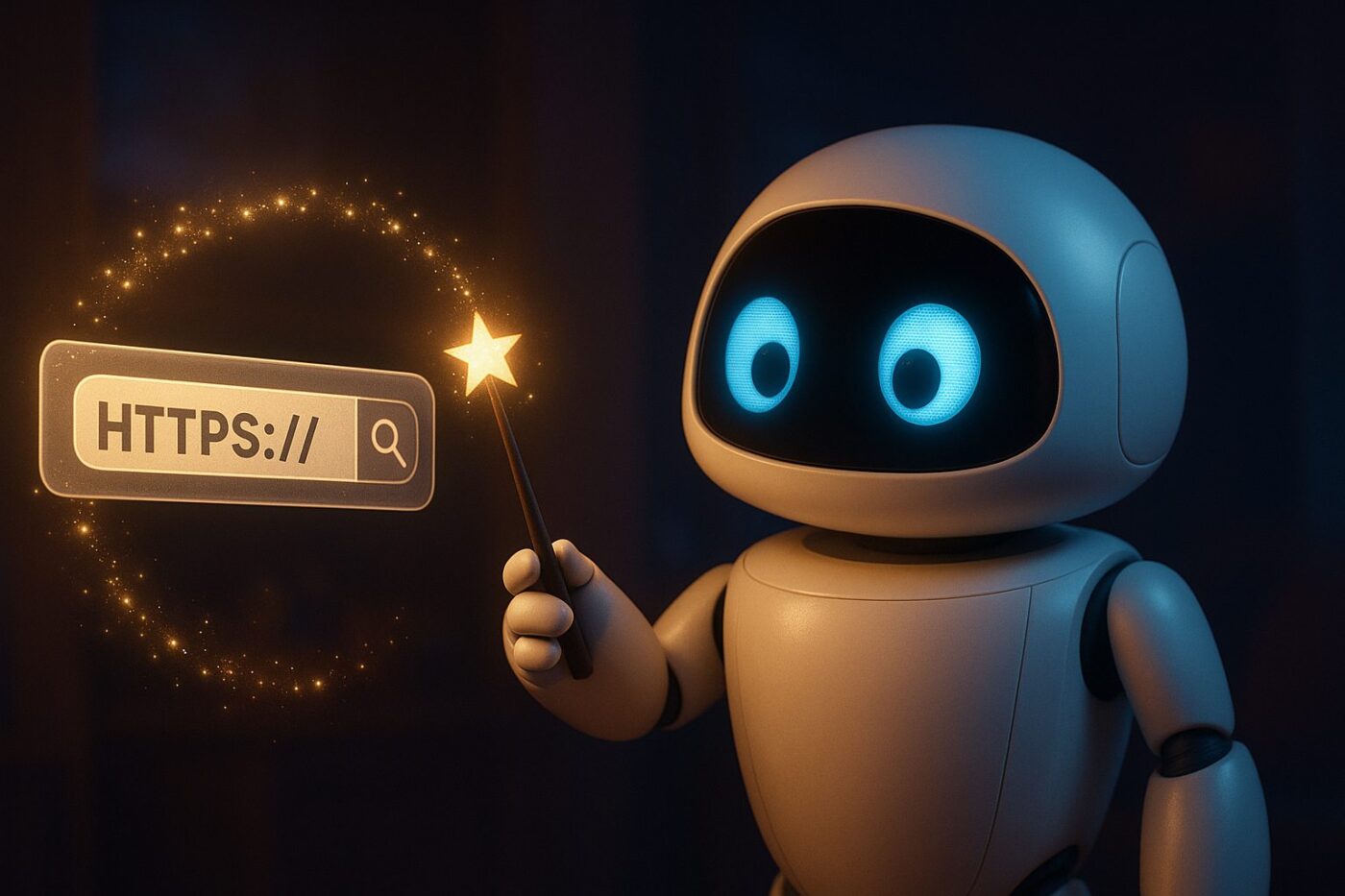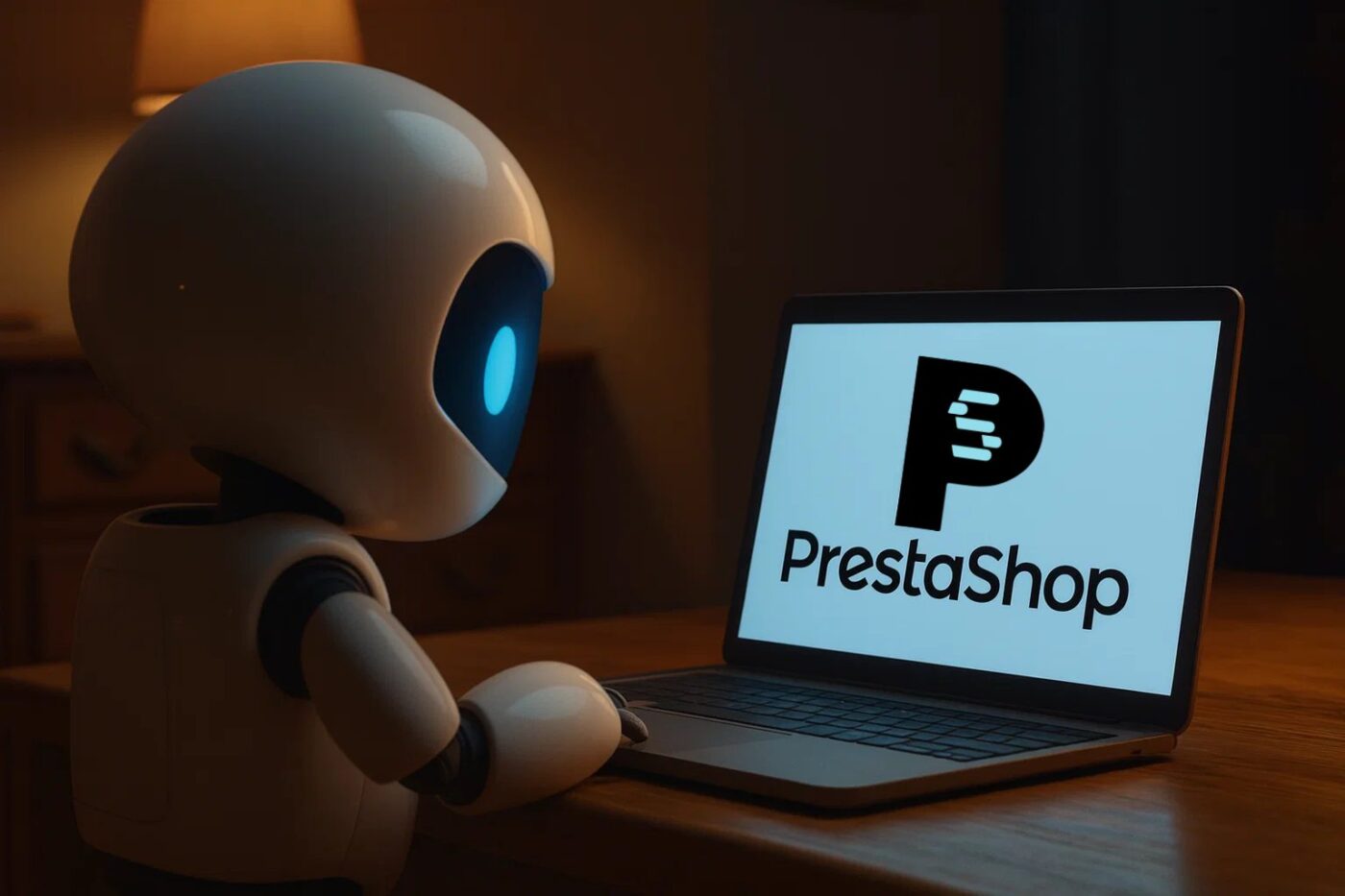3 AI Image Secrets You Need To Know
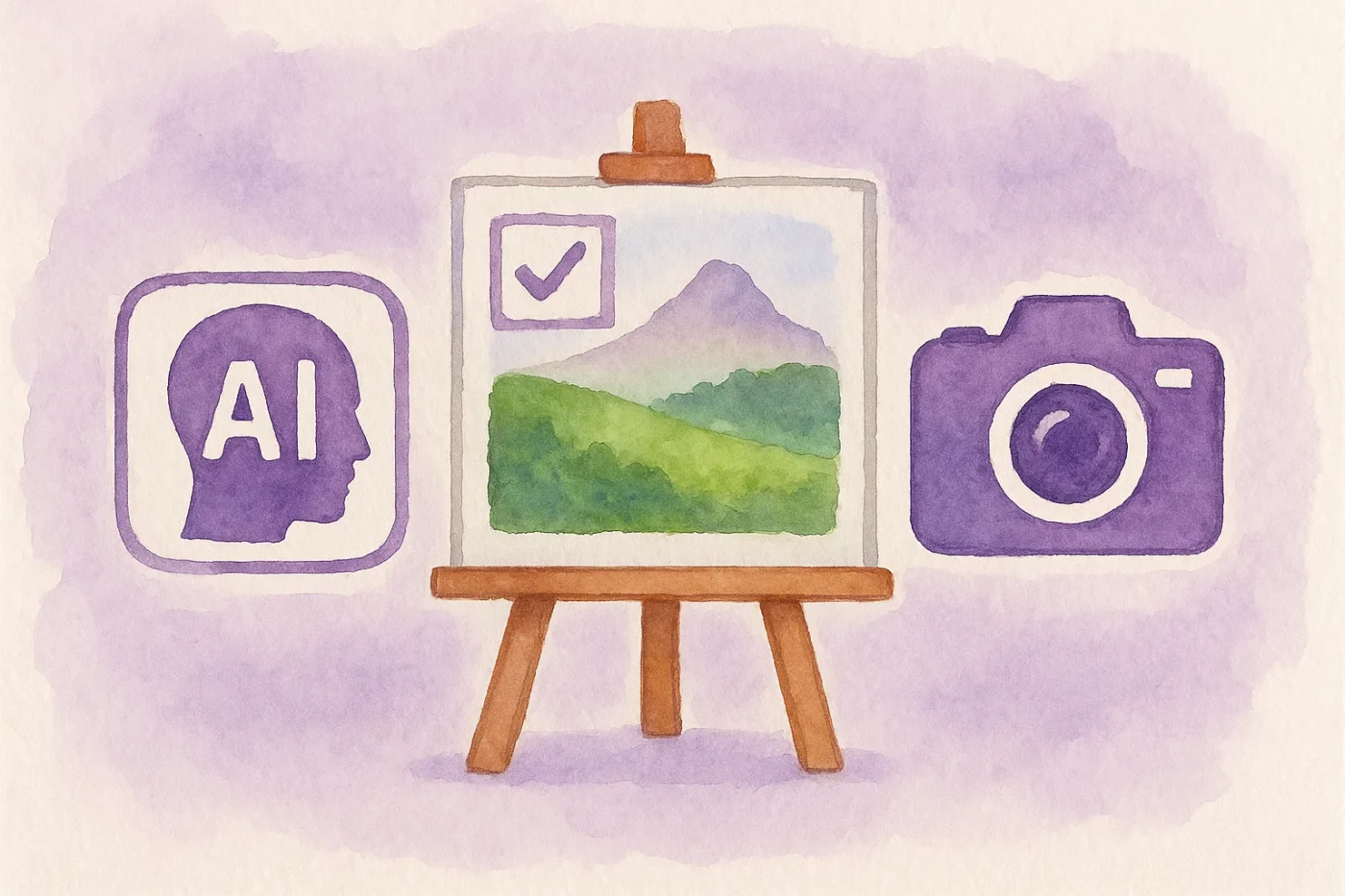
The AI image hype is everywhere and there is a full on revolution.
Scroll through social media, browse digital art forums, or explore new product concepts, and you’ll see a flood of beautifully crafted visuals, all powered by artificial intelligence.
But here’s the kicker: most users are barely scratching the surface.
Creating an AI image isn’t just about typing a few words into a generator and hoping for the best.
If you’ve ever wondered how some people consistently produce jaw-dropping results while others get jumbled messes or uncanny faces, the difference comes down to technique, and today, you’re going to learn three powerful secrets that will instantly elevate your AI image game.
Let’s jump right in!
The Best 100% FREE AI Image Tool
There are hundreds of tools you can use for all sorts of purposes, but most people won’t develop their AI image startup after reading this blog, so I’ll recommend a free tool that you can use directly in the browser for 100% free.
If you don’t live under a rock, you most probably heard of Sora AI from OpenAI.
Most people think it is just for videos, but it works great with images too.
In fact, it is the best AI image generator out there, and the free plan is EXTREMELY generous.
Here’s the link for Sora AI: Click Here
Secret 1: The Power of Ultra-Specific Prompts
Vague prompts kill creativity, and here’s how to fix it.
One of the biggest mistakes beginners make with AI image generation is being too vague.
A prompt like “a dog in a forest” might get you something, but it won’t get you magic.
AI tools are not mind-readers, they’re powerful pattern matchers, and the clearer you are, the better they perform.
Precision is everything.
Think of building a prompt as directing a photo shoot.
What’s in the background? Is it morning or dusk? Is the dog fluffy, scruffy, regal?
Try this instead: “A golden retriever with wet fur, sitting beside a misty lake at sunrise, surrounded by pine trees, cinematic lighting, hyperrealistic style.”
To get consistently great AI images, consider breaking your prompt into four dimensions:
- Environment: Where is the image set?
- Subjects: What (or who) is the focus?
- Style: Realistic, watercolor, cyberpunk, Pixar-esque?
- Mood: Peaceful, eerie, dramatic, joyful?
Don’t forget advanced techniques.
Want a clean composition?
Add a negative prompt to exclude unwanted elements (e.g., “no text, no watermarks, no distortion”).
Need a certain angle? Specify perspective, “overhead shot” or “close-up portrait.”
These details don’t just refine the output, they unlock new creative possibilities.
Try it yourself.
Revisit an old prompt that didn’t deliver what you wanted. Add specificity. Layer in context and style. Watch the transformation unfold.
Btw, here’s the result to the prompt above:
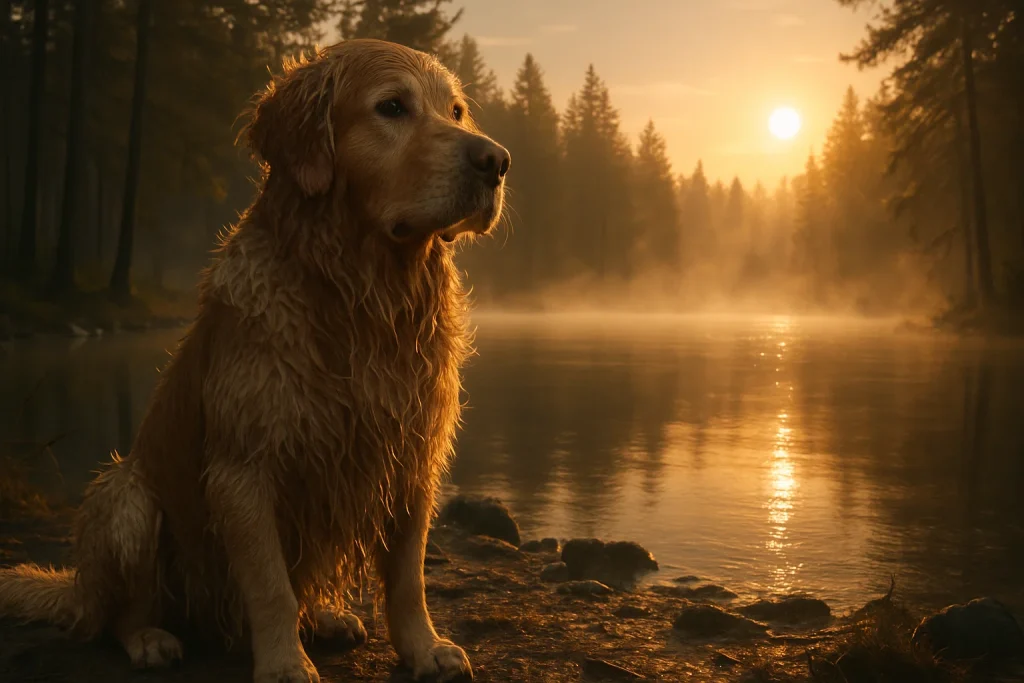
Secret 2: Advanced Editing Beyond the Generator
Why raw AI images aren’t enough (and how the pros make them shine).
AI images can be jaw-dropping, but let’s be honest, they’re not always perfect out of the gate.
Weird hands, crooked eyes, over-sharpened textures… you’ve seen it. This is where the second secret comes into play: post-processing is your best friend.
Professionals treat AI images as a base layer, not a finished product. After generating the image, they follow an editing flow: assess, enhance, retouch, and upscale. It’s a process that turns “almost” into “absolutely.”
Start by assessing the image’s flaws.
Are there strange artifacts? Does the lighting feel flat?
Then enhance, adjust contrast, saturation, or color balance to match your desired mood.
Next, retouch: fix any small issues manually in Photoshop or GIMP.
Finally, upscale your image using tools like Topaz Gigapixel AI or online upscalers like Let’s Enhance, which increase resolution without sacrificing quality.
Even free tools like Canva now support background removal, filters, and minor retouching. Don’t underestimate them.
Want to see the difference? Take one of your raw AI images and run it through this editing pipeline. You’ll be amazed how professional and polished it becomes with just 10–15 minutes of care.
Secret 3: Iteration & Experimentation Is Everything
The real artists don’t get it right the first time.
Let’s bust a myth right now: great AI images rarely happen on the first try.
What separates casual users from real visual storytellers is the willingness to tinker, tweak, and evolve.
AI image generation is part art, part science. Each prompt is a hypothesis. Every output is a result.
So don’t stop at one version, iterate. Change a word. Try a different lighting style. Switch camera angles. Create three, five, ten variations of the same core idea. You’ll learn something new every time.
Eventually, you will even develop your own style and it won’t even look like an AI image.
Want to level up even further?
Try prompt chaining, where you take the result of one prompt and feed it into a new one with added details or modifications.
Or explore few-shot examples, where you give the AI multiple descriptive cues to guide its output style.
Even meta-prompting, describing the kind of prompt you want before writing the actual one, can spark fresh angles.
Need help crafting stronger prompts? Use ChatGPT as your personal prompt coach. Tell GPT what you’re trying to create, and it can help structure, expand, and sharpen your phrasing.
There are even Custom GPTs you can access for free that will enhance your prompts, like GPT Oracle by Marino De la Cruz which is the best right now.
Your challenge: take a single idea and create three variations. Compare them. Reflect on what worked. That’s where growth lives.
Quick Recap: AI Image Secrets Table
| Secret | What It Does | Key Techniques | Why It Matters |
|---|---|---|---|
| Ultra-Specific Prompts | Boosts clarity & creativity | Detailed descriptions, negative prompts, style tags | Turns basic inputs into stunning ai images |
| Post-Editing | Polishes the output | Photopea, Canva, AI upscalers | Fixes flaws & adds final shine |
| Iteration | Unlocks best results | Prompt chaining, versioning, ChatGPT coaching | Helps you discover your strongest ai image potential |
Each secret adds another layer to your ai image toolkit. Combined? They’re transformative.
Conclusion
There’s no magic button for brilliance, but there is a method…
Crafting ultra-specific prompts, embracing the power of post-editing, and treating AI image creation as an iterative process, you go from casual dabbler to digital artist.
Because these secrets don’t just create AI images, they create art.
If you’re looking to for funny AI pranks, here’s a tutorial on how to generate AI selfies with yourself and a celebrity: 5 Prompts To Generate Cool AI Images With Sora from OpenAI



